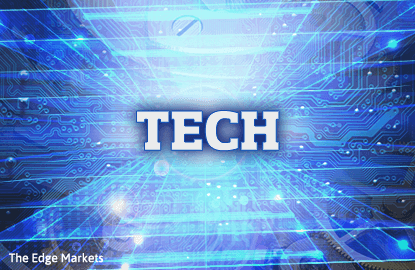
SINGAPORE (June 29): Things might just be starting to look up after public sector technology spending fell by 5.2% in 2015.
According to Gartner Inc in a Wednesday press release, technology spending by national, federal and local governments worldwide has now turned around – and is expected to keep going until it reaches about US$476.1 billion (S$644 billion) by 2020.
Progress toward such a result will probably not be seen in the near future, though, as Gartner forecasts spending in this field to grow only slightly by 0.3% to US$430.1 billion this year.
This is because government chief information officers (CIOs) are currently still facing pressure to optimise information technology (IT) and business costs while leading digital innovation in the public sector, states the IT research and advisory company.
Gartner’s research vice president, Rick Howard, says that making strategic investments in IT is not an option for governments should they wish to stay afloat. In his opinion, failure to do so translates to a risk of “perpetuating suboptimal businesses and service models that are financially unsustainable in the long term”.
“Government CIOs who are too slow to adopt the technology innovations that are transforming private sector service industries will increase business risk and cost, while compromising the mission of their organisations,” he explains.
For this reason, Gartner has identified 10 strategic technologies that it recommends government CIOs and IT leaders to invest in, out of which four are observed to have emerged in 2016.
The company believes that these four emerging trends have the potential to significantly benefit government performance within the next three to five years:
1. Analytics everywhere
The pervasive use of analytics, at all stages of business activity and service delivery. This will allow government agencies to shift from the dashboard reporting of lagging indicators to autonomous business processes and business intelligence (BI) capabilities, which Gartner says will help humans “make better context-based decisions” in real time.
2. Smart machines
Defined as a diverse combination of digital technologies that match human capabilities once thought of as unique. Today’s smart machines include deep neural networks, autonomous vehicles and virtual assistants, amongst others. Gartner emphasises that this is essential for government IT leaders to enhance existing business practices, and possibly use as foundations for new public services or ways of accomplishing business goals altogether.
3. Software-defined architecture (SDA)
Gartner notes that most governments are still operating in traditional data centres. Hence it recommends SDA, which inserts an intermediary between the requester and provider of a service. One such example is adding a layer of software to abstract and virtualise networks or security to deploy and utilise infrastructure. The same technique applied to software architecture can allow an organisation to respond to the fluidity requirements of digital government, and more.
4. Risk-based security
With today’s complexities in an ever-evolving cybersecurity threat environment, government CIOs must adopt what Gartner calls a “threat-aware, risk-based security approach that allows governments to make knowledgeable and informed decisions about risks in a holistic fashion, allowing for a wiser allocation of resources; more sound decisions about risks and their impacts on government missions, operations, assets and people; and engagement of senior leadership in risk-based decisions.”
Each of these technologies will “challenge” governance, human resources management, sourcing and financing practices, says Gartner.
Aside from the above-listed technologies, Gartner also recommends the implementation of a collaborative digital workplace strategy; providing multi-channel citizen engagement; the concept of open any data where open data is accessible with open APIs; and enabling citizens to access core resources or services through citizen electronic identification (citizen e-ID).
Digital government platforms, with services such as payments and notifications that are commonly used across multiple domains, will simplify processes for governments while improving citizen interactions and reducing expenditures as well.
Lastly, the company advocates taking advantage of the Internet of Things (IoT) – a network of physical objects containing embedded technology to communicate, monitor or interact with multiple environments. Enhancements could include smart waste bin collection or the remote monitoring of elderly patients in assisted-living settings.
“Many of these technology trends change business models in ways that need to be reflected in more modern policies, especially those related to privacy or regulation,” said Howard.
“CIOs will need to be front and centre in providing advice to policymaking bodies and working with industry experts who can consult on options and impacts.”